Keep Exploring the John Withee Exhibit
Presented by Seed Savers Exchange and funded in part by a grant from the 1772 Foundation.
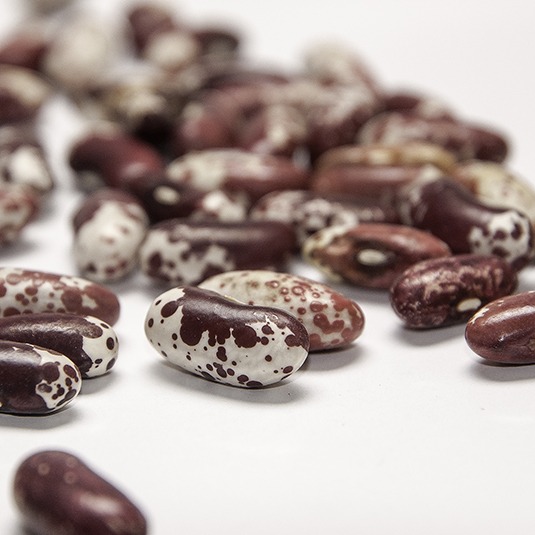
The John Withee Exhibit:
Take a closer look at some of the varieties in John Withee’s bean collection.
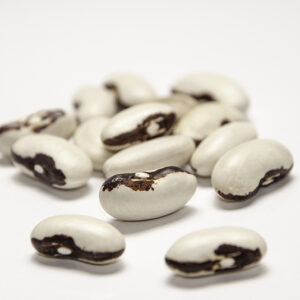
This variety may be an example of ‘Giant Soldier’ offered by the Billy Hepler Seed Company in 1948 and acquired by John Withee in the early 1970s.
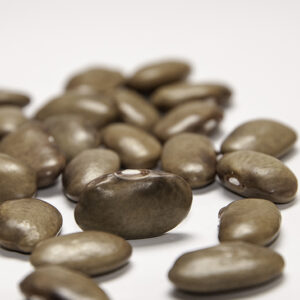
This Depression Era bean has been enjoyed by the Appleby family for over 80 years.
Seed Savers Exchange offers ‘Big Brown’ bean seeds through the Exchange. Browse the Exchange.
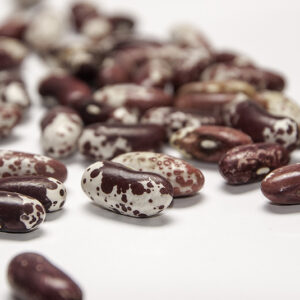
John Withee’s search for a proper baking bean uncovered this Maine favorite. Learn more about ‘Jacob’s Cattle’.
‘Jacob’s Cattle’ is available on the Exchange from several listers. Browse the Exchange.
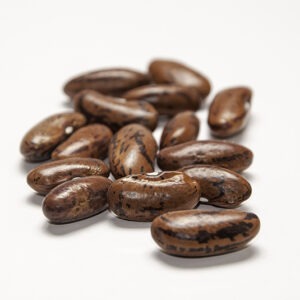
A family garden and a family bean, this variety can be traced back to as early as the 1940s. Learn more about ‘Stub’s Mammoth Scipios’.

Developed by the USDA in the 1950s, it was once a popular commercial variety.
Seed Savers Exchange offers ‘Thaxter’ lima bean seeds through the Exchange. Browse the Exchange.
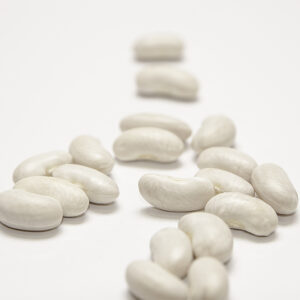
Commercial fame wasn’t in the cards for this homegrown variety, though it has been grown in Maine since the 1950s.
‘Bert Deane’s Baking Bean’ is currently available on the Exchange from a Wisconsin lister. Browse the Exchange.
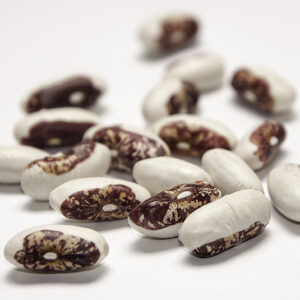
Named for its place of origin, John Withee selected this variety from a plant found in his bean garden.
‘Lynnfield’ is currently available on the Exchange from an Illinois lister. Browse the Exchange.
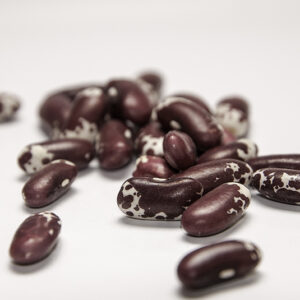
Although untested, this variety’s claim to fame stems from its supposedly gasless nature.
‘Jacob’s Cattle Gasless’ is currently available on the Exchange from several listers. Browse the Exchange.
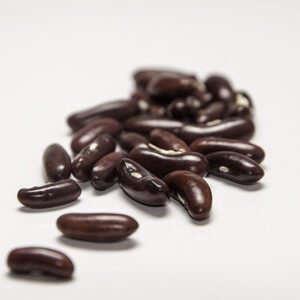
An award winning bean that dates back to the 1930s.
Seed Savers Exchange offers ‘Dwarf Kentucky Wonder’ bean seeds through the Exchange. Browse the Exchange.
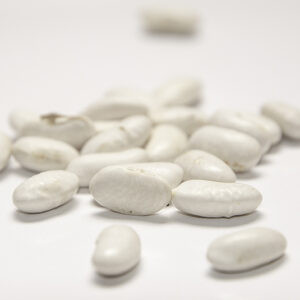
For at least 20 years, this was Lyman Fitzgerald’s most popular snap bean at the Albuquerque farmer’s market.

Retaining its attractive red color after cooking was a selling point for this shell bean.
‘Scarlet Beauty’ is currently available on the Exchange from several listers. Browse the Exchange.
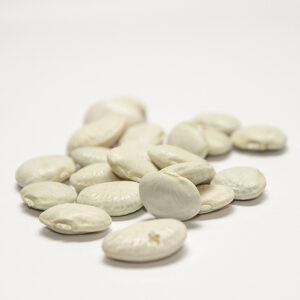
Expert, impartial judges decided this variety was a winner in 1943.
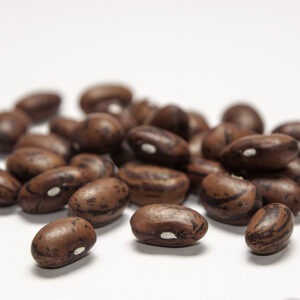
From Africa to Connecticut and beyond, this bean was a world traveler.
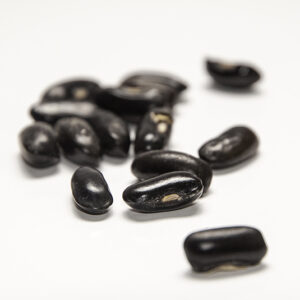
A variety so good it was grown for over 50 years by a Missouri gardener. Learn more about ‘Uncle Clarence Holliday’.
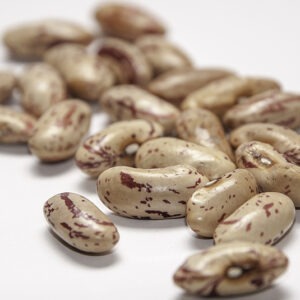
Commercially introduced in 1947 by the world’s youngest seedsman and a staple in the Billy Hepler Seed Company catalog.
‘Flash’ is currently available on the Exchange from an Illinois lister. Browse the Exchange.
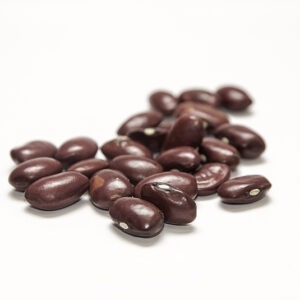
This variety was a pre-1920 offering of the Oscar H Will Seed Company in Bismarck, North Dakota.
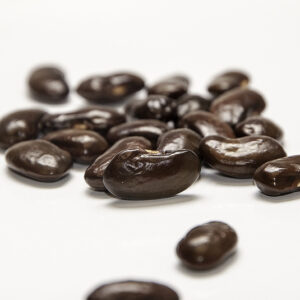
This variety was a gift from the bees nearly 100 years ago. Learn more about ‘Connecticut Wonder’.
‘Connecticut Wonder’ is currently available on the Exchange from several listers. Browse the Exchange.
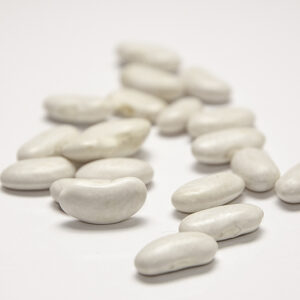
This variety was a family heirloom from Georgia made popular commercially by the Hastings’ Seed Company in 1912.
Seed Savers Exchange offers ‘McCaslan’ bean seeds through the Exchange. Browse the Exchange.
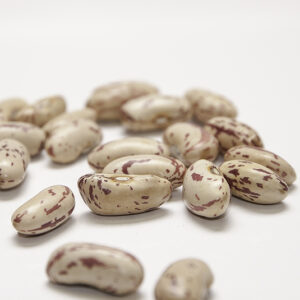
With help from friends and family, this variety has been grown and shared in Wisconsin for over 70 years.
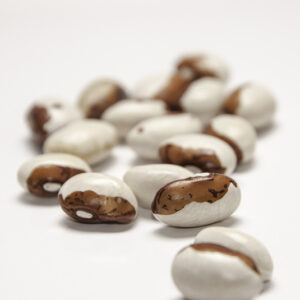
From the crop of a goose to a garden in Pennsylvania, this bean has a long history of sharing in the Mostoller family.
‘Mostoller Wild Goose’ is currently available on the Exchange from several listers. Browse the Exchange.
Common beans were domesticated twice.
Common beans were independently domesticated in two different places: the Andes Mountains of South America over 8,000 years ago and the Larma-Santiago basin of Mexico at least 5,500 years ago.
The colors and patterns on bean seeds are genetically regulated by a small army of genes.
The physical appearance of bean seeds is controlled by an array of genes including 9 for color, 6 that control seed coat patterns, and 1 that influences whether the seed is shiny or matte. Additionally, the environment plays a role with wetter and more humid conditions leading to darker colored seeds.
Darwin found evidence for his theory of “the survival of the fittest” among the beans in his garden.
Darwin wrote in The Variation of Animals and Plants Under Domestication (1896) of a cold snap that left only a few bean plants standing. “It was impossible to behold these three plants, with their blackened, withered, and dead brethren all around, and not see at a glance that they differed widely in their constitutional power of resisting frost.”
There are many different species of “beans” that we eat.
The common bean, Phaseolus vulgaris, is only one member of the legume family (Fabaceae) that we eat. Other edible legumes include lima beans, black eyed peas (a.k.a. cowpeas), runner beans, lentils, chickpeas, and peanuts.
The best way to keep an heirloom seed variety alive is to grow and save its seeds. By stewarding bean varieties, you become an important part of each seed’s history—and help SSE carry out its mission to steward America’s culturally diverse and endangered garden and food crop legacy for present and future generations.
Seed Savers Exchange is here to guide you through your journey to become a bean seed saver! Check out these resources to learn how to grow and save bean seeds:
Seed Savers Exchange currently offers around 25 bean varieties through the catalog. John Withee bean varieties offered include ‘Good Mother Stallard’ and ‘Turkey Craw’.
Browse thousands of listings for bean seeds on the Exchange by home gardeners from around the country. Seed Savers Exchange offers 740 different bean varieties from their seed bank collection through the Exchange, including 85 varieties from John Withee’s collection.
The John Withee Exhibit
Presented by Seed Savers Exchange and funded in part by a grant from the 1772 Foundation.
Keep Exploring the John Withee Exhibit
Presented by Seed Savers Exchange and funded in part by a grant from the 1772 Foundation.